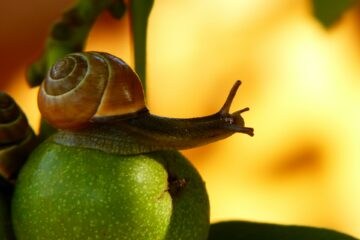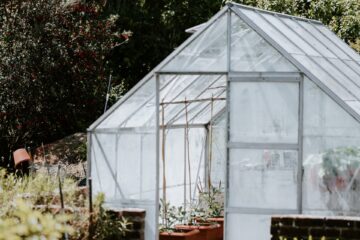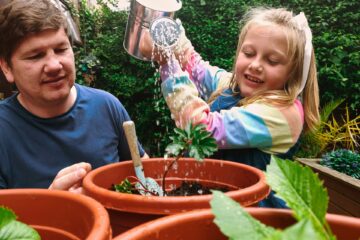The thought of fresh, tasty food that you have grown yourself in a vegetable garden is very tempting for many. Just where do you start?
Allotments are very popular, there can be very long waiting lists and they can take a large amount of time, and can be expensive. By using an unused corner of your garden you can try out vegetable gardening without a large undertaking.
Choosing where to set up you vegetable garden.
Vegetables love the sun, and this makes them hardier, sweeter tasting and helps to provide a bountiful harvest.
Most garden soils will be perfectly fine for growing vegetables. If the ground is particularly hard, with lots of stones, consider a raised bed. Soil conditioning with some organic, or even better, home made compost will provide an ideal condition for growing. Simply by digging it in to the soil will provide a huge benefit . Tilling is a hot topic for arguments both for and against. Adding compost will help whether you till the ground or not.
What to start growing
If you are a beginner, it’s best to start with easy plants, don’t be afraid to buy fledgling plants. It’s easier than trying to cultivate from seeds until you become more experienced.
Some of the easiest things to grow include:
- Onions and garlic – simply plant an onion bulb or a garlic clove in spring or autumn. In the late summer after the foliage dies back, remove from the ground and leave to dry in the sun.
- Spring onions – sow thinly 15cm apart in late winter to summer.
- Lettuce – sow seeds 8 inches apart directly in the ground, cover with 1-2 cm of soil late March – late July. Perfect for summer and autumn harvest.
- Potatoes – simply plant a potatoes that has seeded and is sprouting 15 cm deep with the shoot pointing upwards. Plant from late March with harvesting 20 weeks later.
- Beetroot – sow directly, 2.5cm deep, 10cm apart into the ground between March and July.


